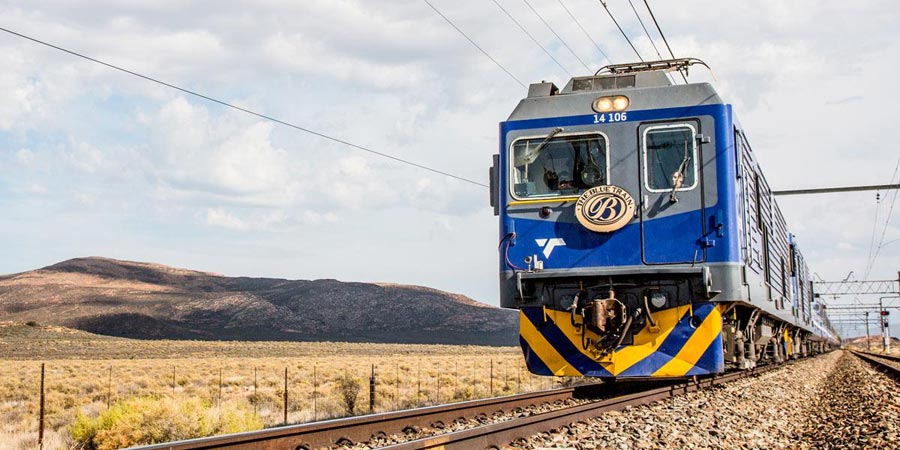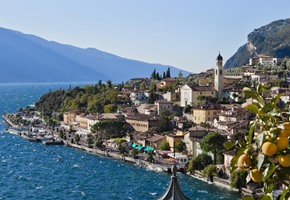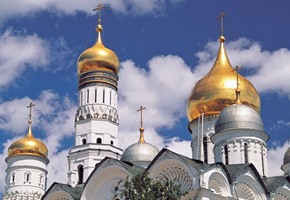As luxury train rides go, it would be misguided to not consider South Africa's The Blue Train amongst the very best. A ticket on the iconic route from Pretoria to Cape Town will include Havana cigars, a personal butler service, windows tinted with gold and a wine list worthy of royalty. Last year the legendary route celebrates 70 years in its current format; 70 years that are as glamorous and elegant as the train itself.
Royalty and world leaders alike are known to have been regular travellers on The Blue Train over the years, whose famous route covers 994 miles between Pretoria in the north and the southern coastal city of Cape Town, a full 27-hour journey. The 'rolling five-star hotel' makes just one stop either way, calling at Matjiesfontein on its journey northwards, and in the old diamond mines of Kimberley as the train returns to Cape Town in the south.
Each stop is an hour, giving guests time to refresh and enjoy a whistle-stop viewing of the 19th century health resort of Matjiesfontein or Kimberley, with many Blue Train departures including a tour of the famous 'Big Hole' diamond mine.
The moniker of 'The Blue Train' was gifted in 1946 after a lick of fresh paint gave the old Union Express and Union Limited lines that ran between the key African cities of Johannesburg and Cape Town a new glow. As the discovery of gold and diamonds caused an economic boom in Southern Africa, treasure hunters from across the world travelled to the country seeking fame and fortune, and the route's popularity as a quick means of travelling between the country's major mine sites boomed. As those travelling along the line became richer and richer so too did the train itself, growing ever more decadent with each passing year to keep the bourgeoisie passengers of The Blue Train happy as they were shuttled between major cities.
It was in 1933 that the Blue Train started to more closely resemble the locomotive we recognise today, beginning to be considered as more of a luxury travel option for holidaymakers, with dining carriages and air conditioning added to the build in the years preceding World War Two, and the distinctive cobalt blue paintwork making an appearance in around 1937. The train first graced the tracks in its current guise in 1946, after the route was commandeered for the war efforts up until this year. The route of The Blue Train itself has chopped and changed a number of times over the years, and now skips the booming but controversial city of Johannesburg, instead opting for more time spent charting a course through the nation's wondrous scenery. And with the train travelling at a maximum speed of 69mph, there is plenty of time to soak up the incredible vistas.
Of course, there is a high chance of seeing some of South Africa's revered wildlife as The Blue Train passes over rugged grasslands and along dusty riverbanks. Amongst the abundance of unique and exhilarating encounters, guests should most certainly keep a look out for the continent's fabled 'Big Five' which are composed of elephants, rhinos, leopards, lions and water buffalo, as well as some other recognisable species such as giraffe and zebra.
A train that has captured the magic of its history and encapsulated a legendary era of African history, The Blue Train is a spectacle to behold and any journey on its tracks is an unforgettable step into the past, when rail travel was a quintessentially romantic way to travel. It seems truly decadent to us now to enjoy dinner on the rails whilst using crystal-cut glasses to drink local wines of the new world, not to mention sitting down to course after course of freshly prepared and regionally sourced food - but it's something that's all too easy to become accustomed to, so why not find out for yourself!






